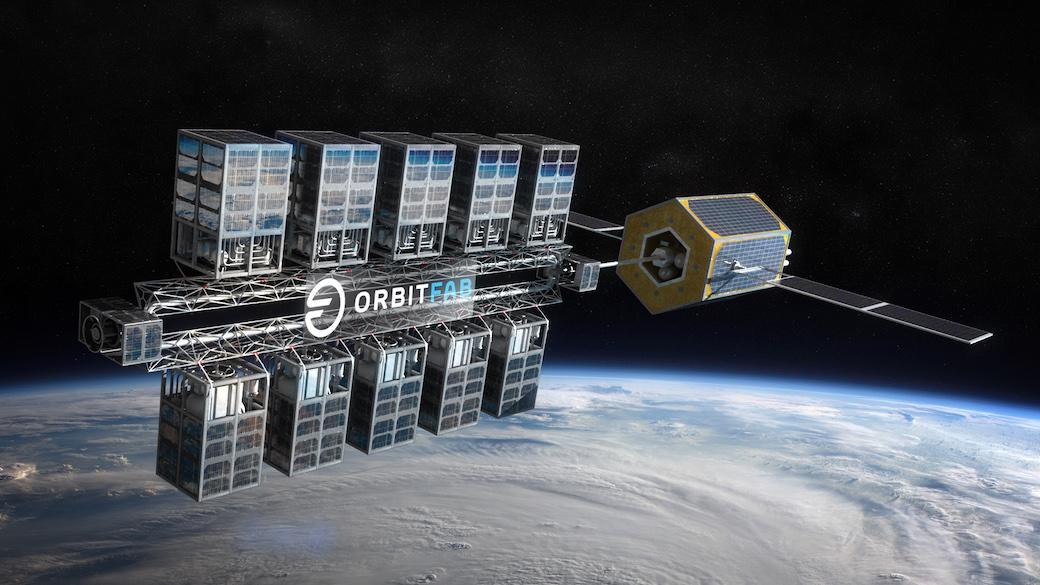SpaceX’s third orbital test flight of the Starship rocket marks a pivotal moment in the company’s pursuit of advanced space technologies. After two previous test flights ended in explosions, SpaceX has meticulously reviewed and upgraded the Starship’s hardware, demonstrating its commitment to safety and reliability.
This upcoming launch aims to showcase several key advancements. One such milestone is the planned fuel transfer demonstration, a critical capability for future missions that require refueling in space. Additionally, the test will include the opening and closing of the upper stage’s payload door, a crucial step in deploying satellites or other payloads into orbit.
New Engine Test
Another highlight of this test is the planned relighting of a Raptor engine in space, a feat that has never been achieved before. This maneuver is essential for adjusting the rocket’s trajectory and demonstrates SpaceX’s innovative approach to space travel.
Furthermore, SpaceX is targeting a new flight trajectory for this mission, with the upper stage of the rocket expected to splash down in the Indian Ocean. This trajectory change highlights the versatility of the Starship system and its ability to adapt to different mission requirements.

The Launch
Continuous Partnership with Nasa
Beyond its technical achievements, Starship holds significant strategic importance for both SpaceX and NASA. SpaceX sees Starship as a key component of its future plans, including missions to Mars and beyond. For NASA, Starship is a critical element of the Artemis program, which aims to return humans to the moon and establish a sustainable presence there by the end of the decade.
Overall, this test flight represents a major step forward for SpaceX and the future of space exploration. It underscores the company’s commitment to pushing the boundaries of what is possible in space and paves the way for a new era of space travel.



































